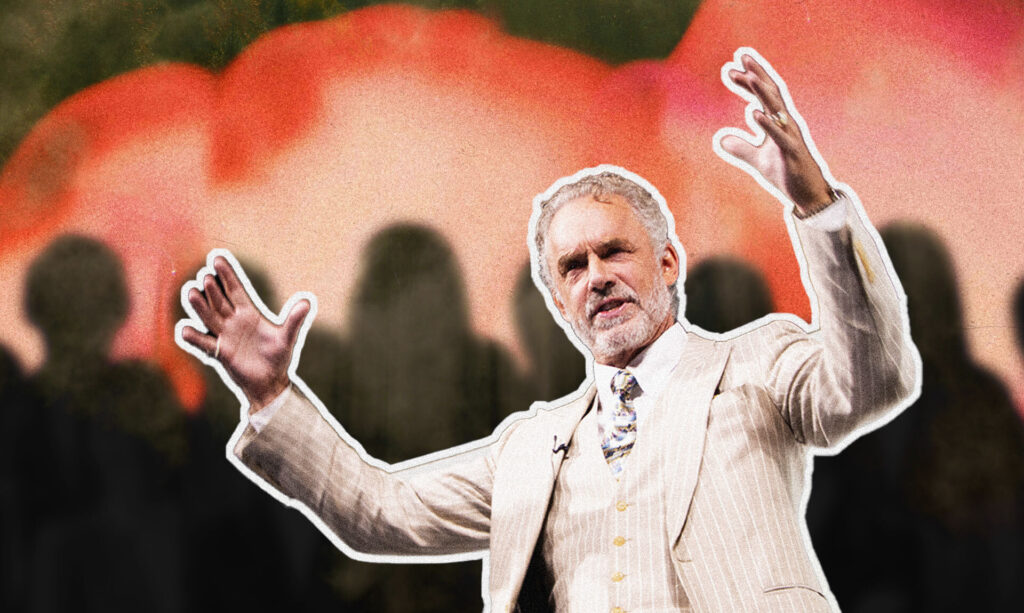The numbers are in, and they aren’t looking good for climate change deniers. According to the latest reports, the cost of doing nothing on climate change, even based on moderate warming models, will top $400 trillion in economic losses.
If that figure isn’t startling enough, then consider the additional $43 trillion in damages that we’ll see in the next few decades just from the additional release of CO2 and methane from melting permafrost. That $43 trillion figure assumes all current emissions stay the same, or even fall slightly. If emissions continue to rise, that $43 trillion number is going to climb rapidly.
This information comes from a new study from Cambridge University, where climate change and business researchers were attempting to determine the cost of doing nothing on climate change, and the cost of slight-reduction models of CO2 emissions.
Previous analyses from Cambridge had only taken into account the cost of sea level rise, decreased crop yields, and health and safety costs, among others. This new study is the first one to include the increased emissions from melting permafrost.
It’s estimated that the amount of carbon gases stored beneath the Arctic ice are at least double the total amount of carbon emissions that human beings have released since the industrial revolution, and scientists are now predicting that Arctic thawing will lead to a slow leak of these carbon reserves that have been locked beneath the ice for millennia.
Past studies have also shown us that for every $1 not spent on renewable clean energy today, $4 will be needed to achieve the same goal by the year 2020 — just five years away from today.
Considering the breathtaking lack of action being taken by the U.S. government in spite of the astronomical cost of doing nothing, you’d have to assume that the cost of action is far greater than the cost of apathy. But you’d be wrong.
According to the best estimates, we can avoid a 2-degree Celsius warming by investing about 1% of our GDP, which comes out to $44 trillion. That’s roughly the same amount that it will cost us if Arctic permafrost continues to melt. And that figure does not include the cost savings associated with decreased environmental illnesses, including asthma, cancers, and other respiratory illnesses.
Scientists are not the only ones sounding the alarm bell over this issue, either. Major businesses have also gotten on board, and they’re urging the government and other businesses to stop dragging their feet on the issue of climate change.
Just last week, six major banks in the U.S., including Bank of America, Wells Fargo, JP Morgan, Citibank, Goldman Sachs and Morgan Stanley, issued a joint release to the government in an attempt to convince them that the cost of doing nothing is simply too high to risk, and that they should support a strong climate deal at the upcoming climate meeting in Paris. The Huffington Post has more:
The banks said that putting a price on carbon emissions is crucial to increasing investments in clean energy. The right policy frameworks, they wrote, “can help unlock the incremental public and private capital needed to ensure” that the estimated $90 trillion in new infrastructure investments projected over the next 15 years will help reduce, not increase, carbon emissions…
In July, 13 major U.S. companies, including Bank of America and Goldman Sachs, signed a White House statement in favor of a Paris deal. Politically, support from the business community could help to undercut the argument that economic growth and reducing carbon emissions are mutually exclusive goals.
There’s no silver bullet to avoid any additional warming, but there are more than enough solutions that, if enacted in unison, could avoid a 2-degree temperature rise. And maybe framing the issue in terms of dollars and cents might finally get businesses and the government on board when they realize that the problem is going to soon begin hitting them in the wallet — because that’s the only thing they care about.
Image Credit: EcoNews
Subscribe to our newsletter
Stay up to date with DeSmog news and alerts







